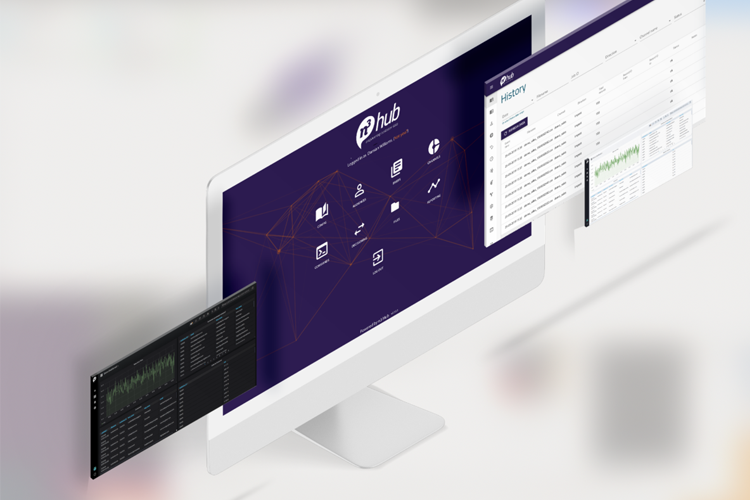As consumers become more tech-savvy and expect to be engaged cohesively on digital and offline channels, it has become increasingly important for marketers to have meaningful and relevant conversations and interactions.
Previously, this involved gathering ad hoc data and manually putting it into a data management platform (DMP) or spreadsheets and asking IT to serve up reporting, which arrived weeks later – arguably too late for the marketer to pivot offerings or campaigns to meet changing demand.
Today, Australian and New Zealand marketers are finding that using a powerful customer data platform (CDP) facilitates customisation and personalisation at an individual level, faster.
However, CDP technology is still on a growth curve and there is still a degree of confusion around the difference between a DMP and a CDP. It is also vital to know that where a CDP is located can be important for compliance in highly regulated industries.
The importance of selecting the right CDP
(Referencing changing times?)the CDP is coming into its own. Anonymised cookies and third-party data have been fuelling the DMP for advertising and programmatic media spend until now. CDPs however gather online and offline first-party data from real business customers and unify it into a single customer view. This is arguably the holy grail of marketing and can inform everything from EDMs to sales, campaigns, and content.
When selecting a CDP, buyers need to know some solutions which are currently available are repackaged DMPs or tag managers. It is also vital to know when investing in a CDP or any other tech solution that deals in data, where the CDP is located. Data sitting on a platform or Cloud in a country other than the one in which the business operates may be subject to different privacy and wiretapping laws. Regulated industries such as health, government and financial services need to think carefully about the CDP they adopt and have it located in the same geographical region as the laws under which they operate.
Data breaches may happen but depending on where they happen, they may have harsher ramifications for the business. Martech platforms also contain a lot of customer information that needs to be protected as a first priority. Breaches can seriously affect consumers and also have serious legal implications for highly regulated industries, such as financial services. Consumers are acutely aware of the value of their data, and their rights around privacy. If a business slips up it is usually made to pay. CDPs not only manage consumer data to provide a single source of truth, but they also manage the consent around this data and make data security a priority.
Conclusion
All CDPs are not created equal as many are not built and run by marketing practitioners/professionals?. n3 Hub’s purpose-built CDP is located on-premise so customers can control their data and its security. For over five years, n3 Hub has had a proven track record of delivering marketers a world-class CDP to highly regulated finance and retail businesses in Australasia. Developed and supported locally, n3 Hub has local experts on hand to provide ongoing support and training to their customers and offers marketing automation and data-driven marketing services to complement its CDP.
n3 Hub aims to deliver a marketing and CX utopia by bringing customer data, point of sale, offers, sentiment and product information together in an easy to access and share single customer view. It generates, segments and delivers relevant, consistent and personalised content for each customer which can be shared over a variety of different channels using existing marketing platforms – delivering the right message at the perfect moment
For more information on a CDP built by marketers, for marketers, click here.


